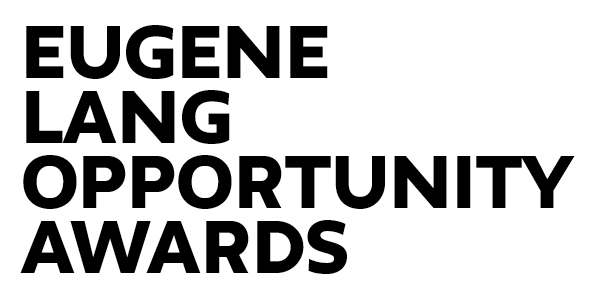After spending a semester abroad in Russia, I was able to have the opportunity to learn about the economic, political and social aspects of many of the countries that were once part of the Soviet Union. The collapse of the Soviet Union happened over 25 years ago in which, not only Russia, but many other countries such as Kyrgyzstan, Moldova, Ukraine and Georgia are all culturally, ethnically, and linguistically diverse and complex. Since the collapse of the USSR, each country has recovered from this in several different ways.
Russia, becoming what is now a top emerging and developing economy, plays a significant role in the entire process of these countries recovering from the collapse. Through the Russian perspective, there is an overwhelming need to still remain present as it could be viewed that these satellite-countries would be pivotal in Russia still having a sense of control in Eastern Europe and Eurasia. Despite then, many Eastern European countries urged to create connections with many Western European countries and the U.S. Through the divide of these former Soviet satellite countries, there was almost a bitter sentiment that Russia formed in order to restore its reputation of once being a powerful nation.
Even after the collapse, the Soviet presence is still strongly felt with the hammer and sickle symbol displayed in some stores, especially on Victory Day, which is a holiday celebrating the surrender of Nazi Germany to the Soviet Union. Compared to what theSoviet Union used to be, Russia’s foreign and domestic policies are geared toward restoring its power in the world in which can essentially that if Western countries decide to interfere in conflict regarding a majority of the post-Soviet occupied spaces, it can mostly result in deeper tensions between Russia and the West.
The crowd marching on Victory Day in Saint Petersburg.

Lenin’s office at the State Museum of Political History of Russia in Saint Petersburg.
The hammer and sickle displayed at the State Museum of Political of Russia.
 An atomic bomb replica that would have been launched during the Cold War at Bunker 42 in Moscow.
An atomic bomb replica that would have been launched during the Cold War at Bunker 42 in Moscow.

